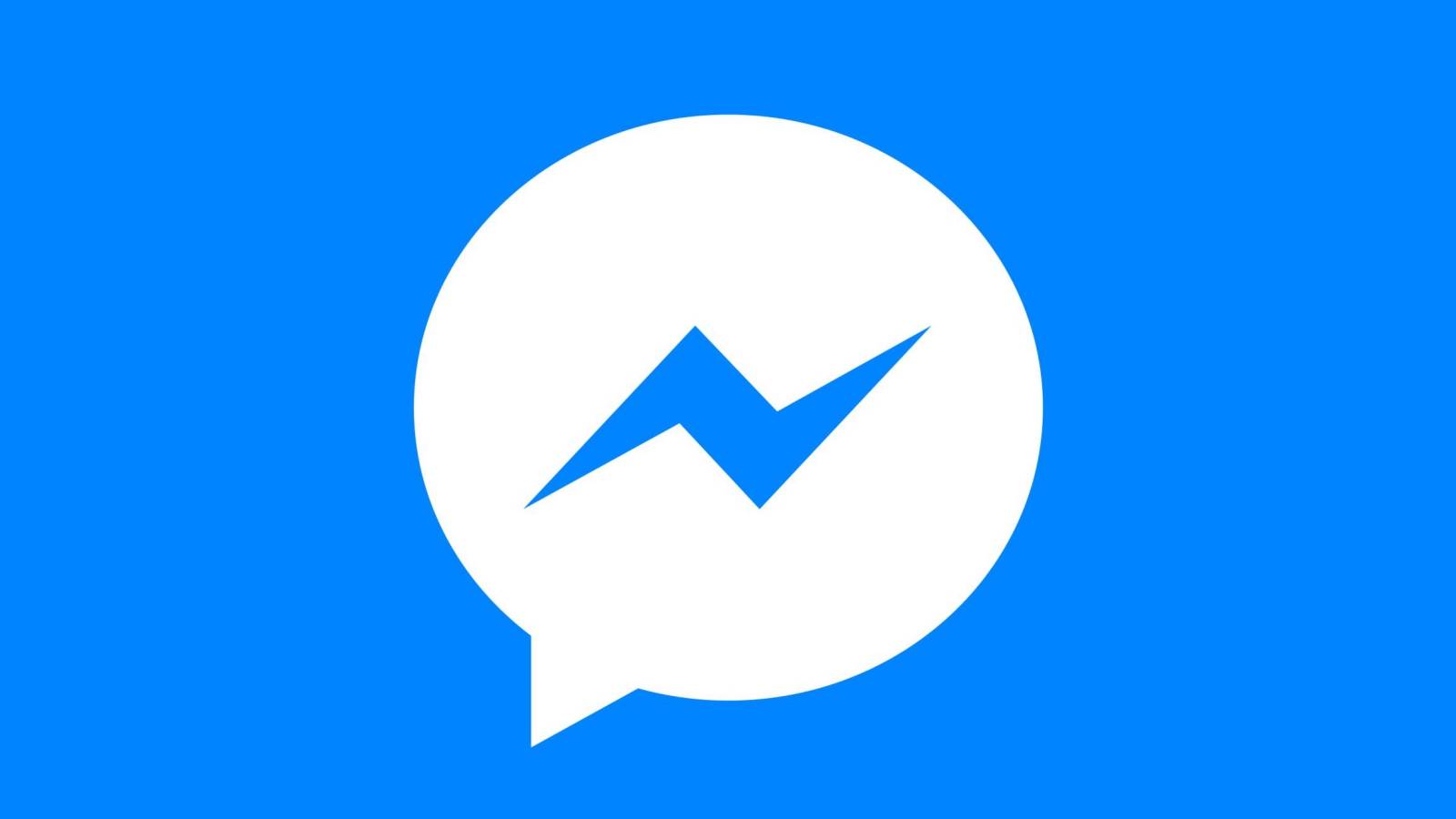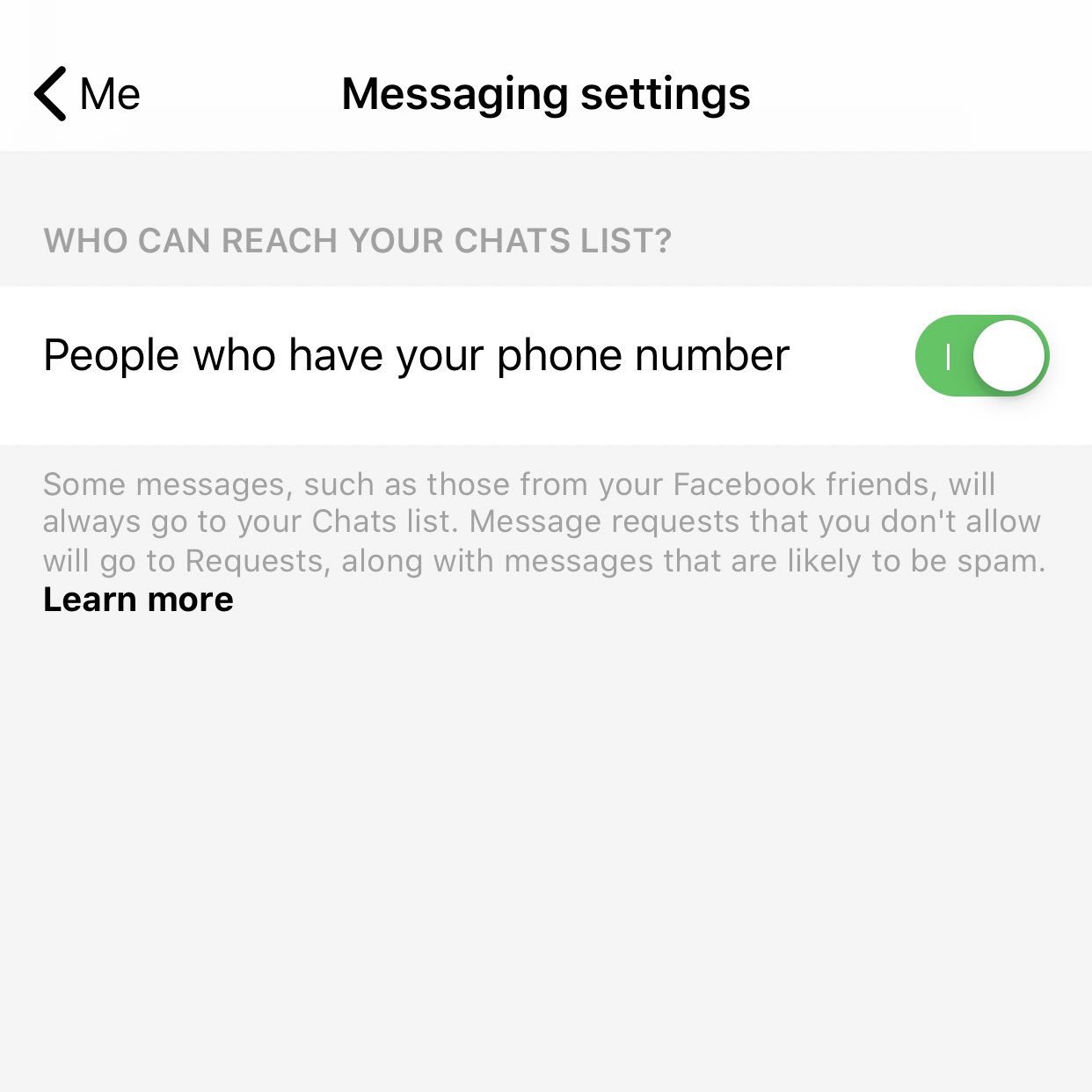Facebook Messenger has a very important change made by Facebook without telling anyone what they changed, but we are talking about something that is very welcome for the users of the platform. Facebook Messenger has secretly implemented a new function that allows users to block the possibility of being contacted by people who do not have their phone number in the contact book, so strangers are kept at a distance.
Facebook Messenger had implemented this function in an update that was released last week by the Facebook company, and apparently it is offered at least in iPhone phones. Those at Facebook have been repeatedly criticized for the way they refuse to protect people's privacy, and because they do not offer the possibility of refusing to be contacted by strangers, but now Facebook Messenger finally has this big change.
Facebook Messenger: You MUST KNOW about the BIG Change
Facebook Messenger has, as you can see above, a very simple button that will allow you to block, or allow, contact by people who do not have our phone number in their address book. Of course, that person can add the phone number to the address book, but only if they have it, so if they contact us via Facebook, then we will only see the message in the filtered list, from people who are not our friends on the network.
Facebook Messenger it would save people from a lot of unwanted messages from people they don't know, which in the end is extremely good news, spam being a very big problem in the network. Even if there is a possibility that the function may have some unwanted effects, such as the blocking of important messages from unknown people, those who use Facebook Messenger can now choose the way in which they can be contacted through the platform.
Facebook Messenger has this function implemented in, at least, the latest version of the application for iPhone phones, but most likely it also exists in phones with the Android operating system.


















